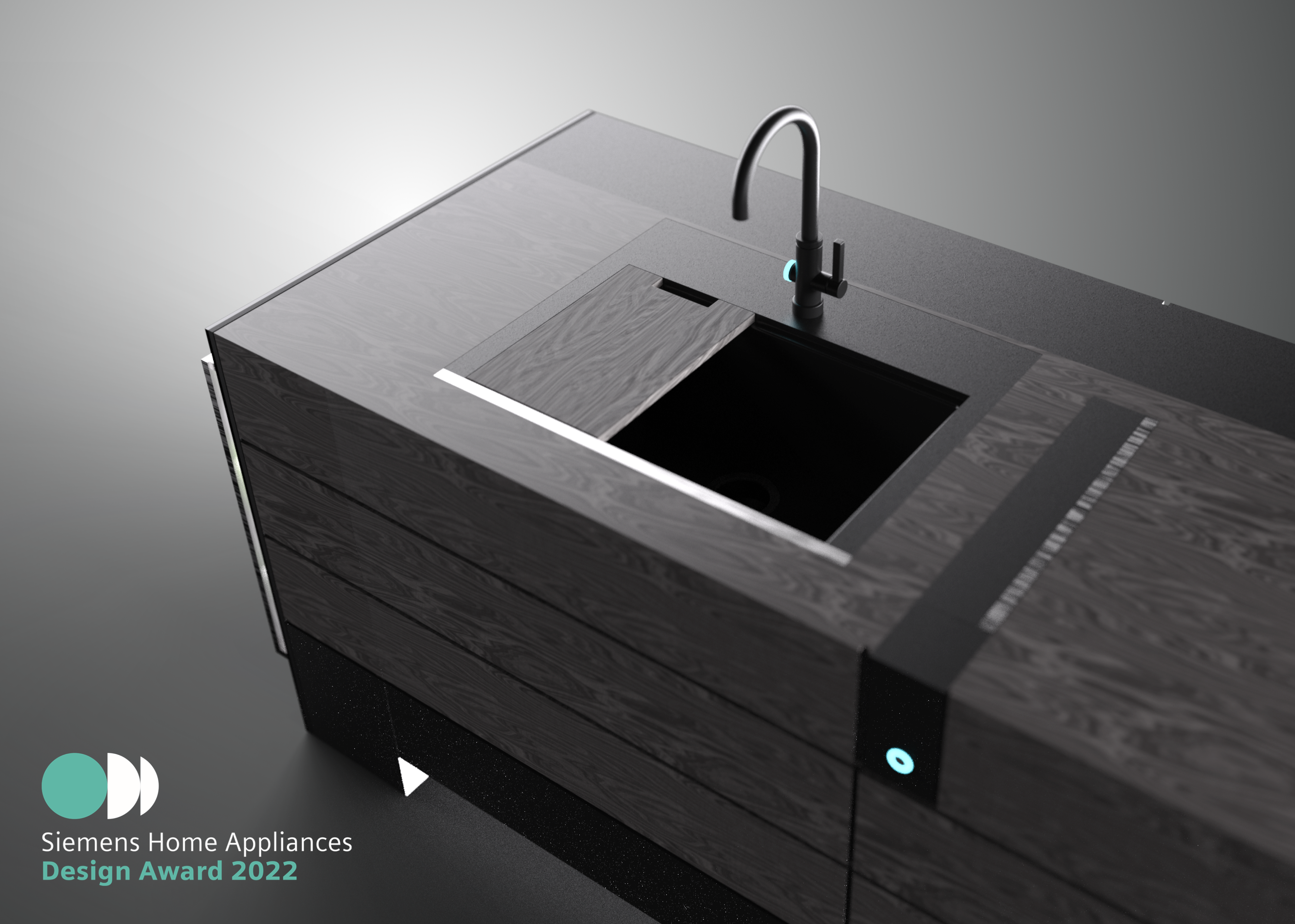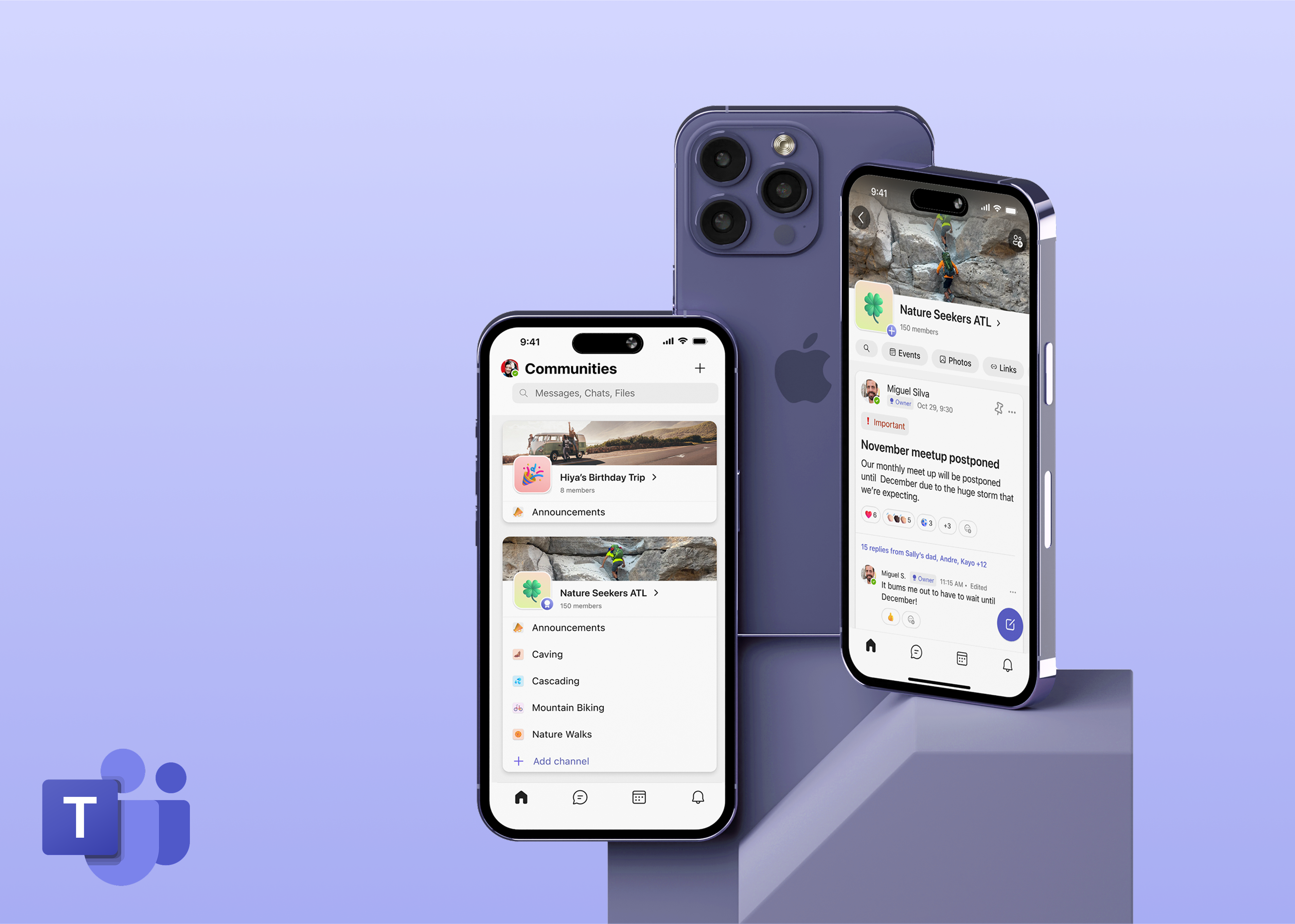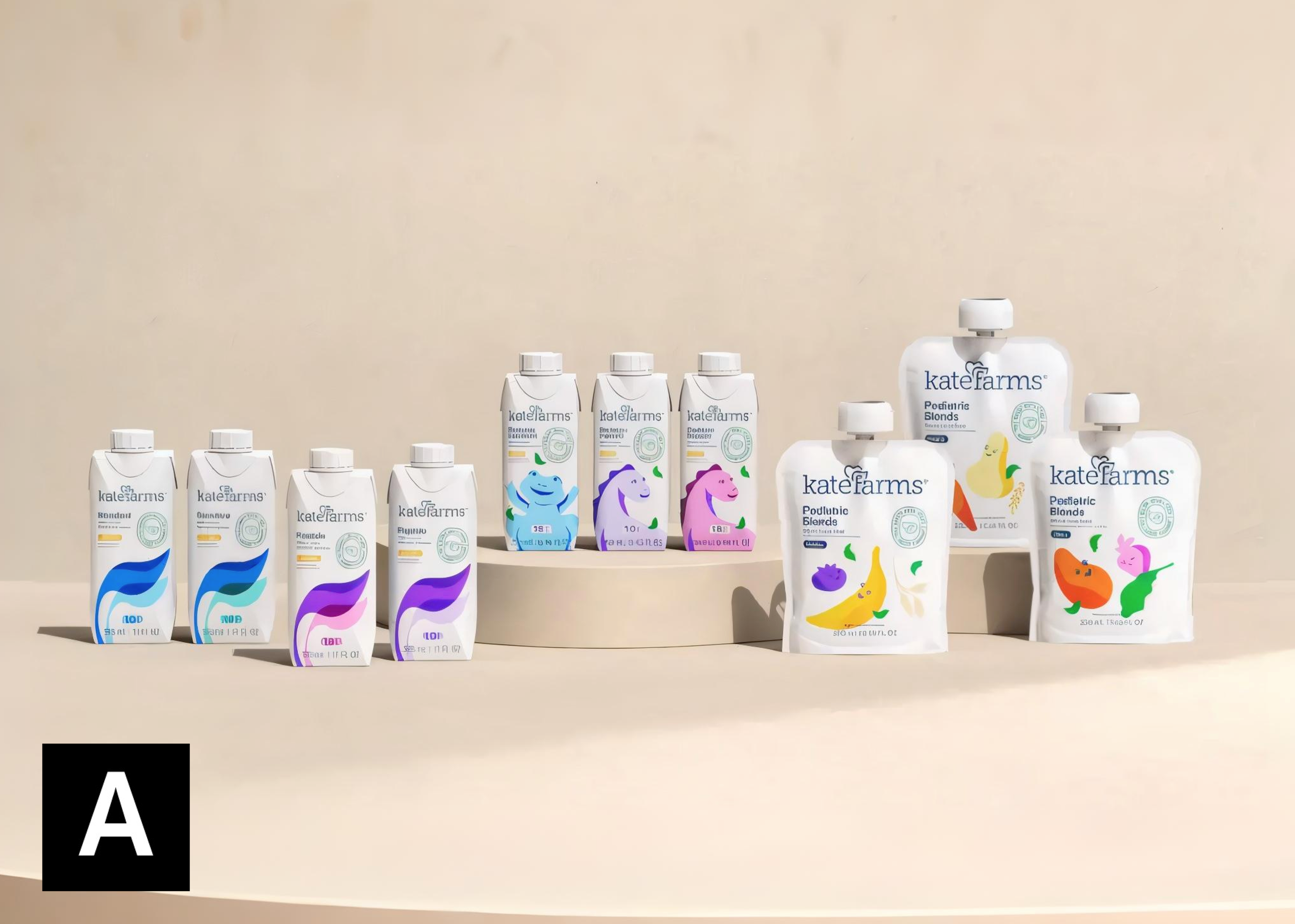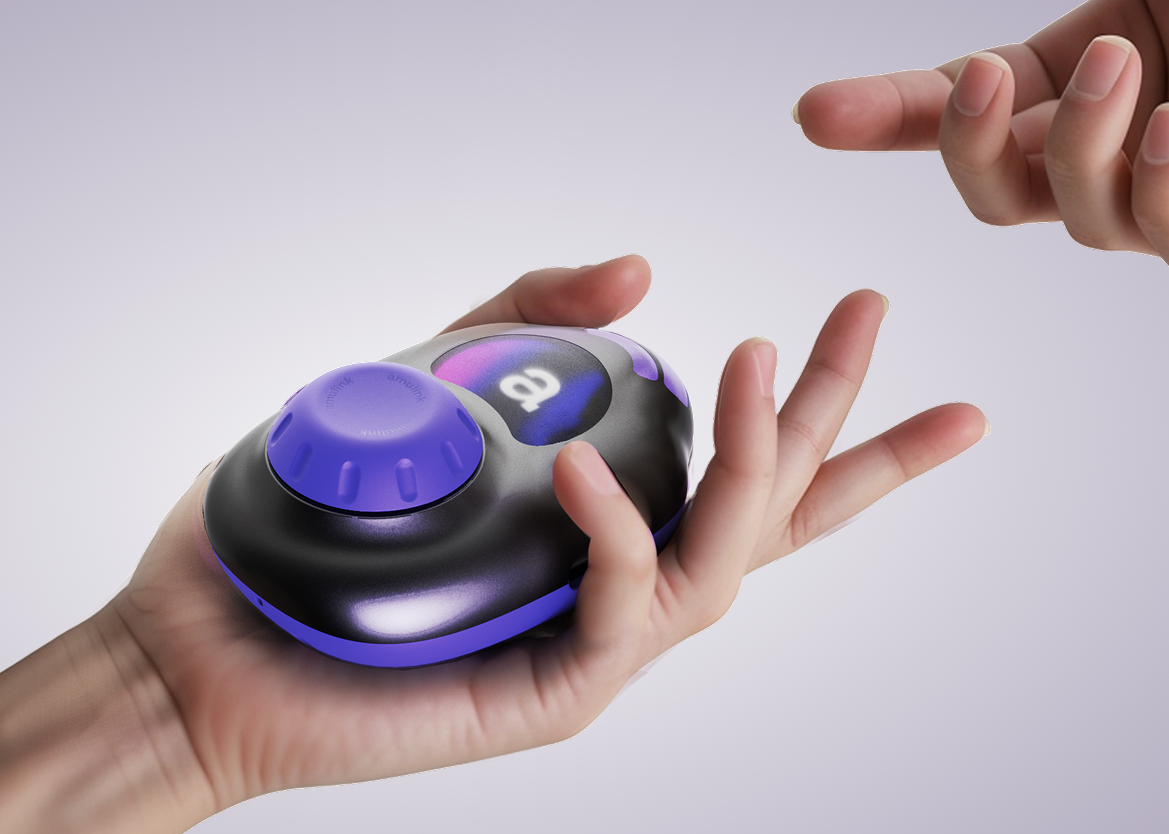NSF HUB
Helping undergraduates find research opportunities
NSF HUB is an app integrating with the current NSF ETAP application portal that simplifies undergraduate research search.
Team: Ross Bonifacio, Cady Hamby, Tao Lu, Hiya Sachdev
Role: Lead UX Designer
Year: 2023
Support System
The solution allows all the different stakeholders involved in the undergraduate research application process to communicate with each other and streamline the students' experience.
Guided vs. Unguided
NSF HUB allows students to look for opportunities independently in a more organized way as well as a more guided approach with the help of the NSF chapter.
Simpler Management
The system onboards already existing University Research Clubs and makes their tasks easier with templates.
Increased Traction
Allows professors to tap into an untapped pool of talented applicants from other universities.
Research Questions, Methods, & Participants

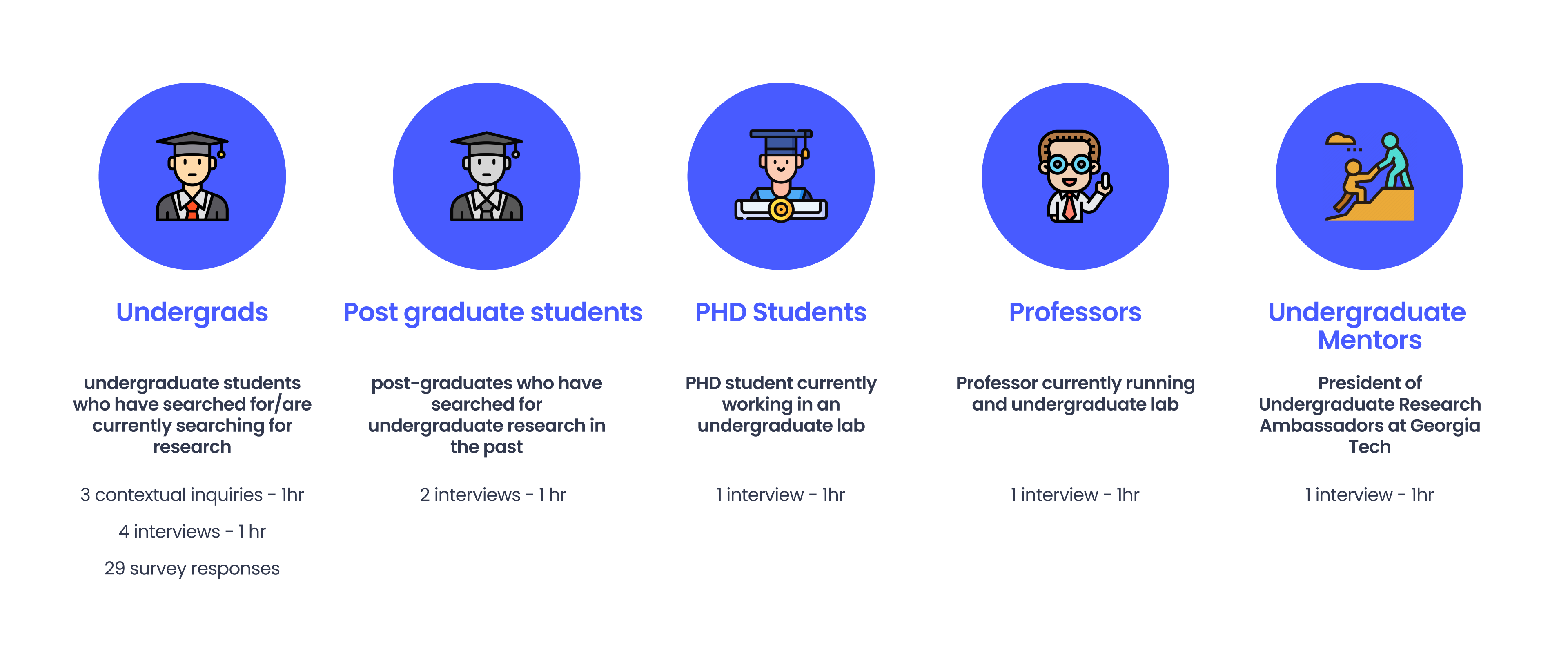

Findings
1. Most students may spend up to 5 hours a week looking for research opportunities.
2. 88% say that undergrad research experience is very to extremely important for their future career goals.
3. Undergrads highly value gaining new skills and getting research experience on their resume.
4. Communication and networking are important!
What Challenges do Undergrads Face?
1. Research opportunities are biased
For R1/R2 institutions, opportunities are everywhere, but for non-research institutions, students have to look outside.
2. REUs are more rewarding but more difficult to find
3. Lab environment is difficult to gauge
Students care about factors not related to the research itself, but they are sometimes difficult to see online.
4. Its difficult to find relevant opportunities in one place
Students care about finding opportunities that are in their research area of interest, have specific benefits, that they are actually eligible to apply for.
They want to search and filter all in one location.
5. Location and remote options
Students cared about the timing of their labs as well as remote/in-person modes, but these options are often unavailable for REUs.
Task Analysis
Finding funded research
Applying to opportunities
Ideation
Final Concept - NSF HUB
1. Current REU search process lacks the simplicity and in-person aspect that home university research search has.
2. NSF HUB allows REU professors to tap into a pool of talented students at other universities through an NSF chapter with the help of a mobile app connected to ETAP
3. Gives students a more facilitated way to look for paid positions, with more up-to-date positions and live communication with the NSF chapter
Visual Design Iterations
Final Visual Direction
The visual language style is informed by the shift from the old NSF REU website to the new ETAP. From authoritarian and professional to clean, friendly, and more student focused.
Color, Type, & Iconography
The main color palette, font, and icon styles support friendliness and legibility.
NSF Mascot
ETAP already uses imagery to introduce more positivity and encouragement, but we decided to use simple illustrations of an NSF logo character who will guide students through the app.
Grids & Components
Final Design
Onboarding
The users will have an option to login with their ETAP credentials or register for a new account. When registering, they select their role and fill out base information. The app will then notify them to complete their profile on desktop so that NSF can access the demographic information.
Students
Home
After registration, students will see a dashboard on their homepage. It will contain quick access links to the rest of the app as well as an alerts page.
Explore
On the explore page, students can filter research opportunities by subject as well as by other metrics like geographic location. This allows them to easily find opportunities in an unstructured way. The app will also gather information on saved opportunities to automatically suggest new ones, making the search process more streamlined.
Opportunity Details
On the opportunity page, students can see up-to-date lab information which is being kept up to date by lab affiliates. There is necessary information about deadlines for the application as well as lab description. However, we also included details like lab members, whom students can reach out as well as list of projects and a publication chart to help students easier identify fit.
Chapter Announcements
Students can also see a live feed of announcements, event updates, and event polls from their university NSF chapter. An event poll will be used to assess the students research interest, any lab information, and their geographic preferences. This helps chapter members curate events that support different research interests, making them more accessible.
Events
On the event page, students can see information about scheduled, tentative, and past events. By attending these structured events, they will hear about curated labs directly from the chapter and have an opportunity to ask questions. When checking in, they are required to physically be at the event location so NSF can gather interest information. Students can then see attending labs and take notes which can be referenced later.
Chat
Since we are promoting asynchronous communication for application guidance, students can request to message lab members and the NSF chapter. After their request is approved, they communicate with all these parties.
NSF Chapter
Chapter Announcements
NSF Chapter members will have access to creating posts on the live feed. When creating a poll, they will be presented with pre-made templates as well as have an option to create custom questions.
Lab Submission
Instead of the explore page, they will have a page to create lab submission requests for professors.
Events
On the events page, chapter members will be able to edit existing events or create new ones with a simple pop up.
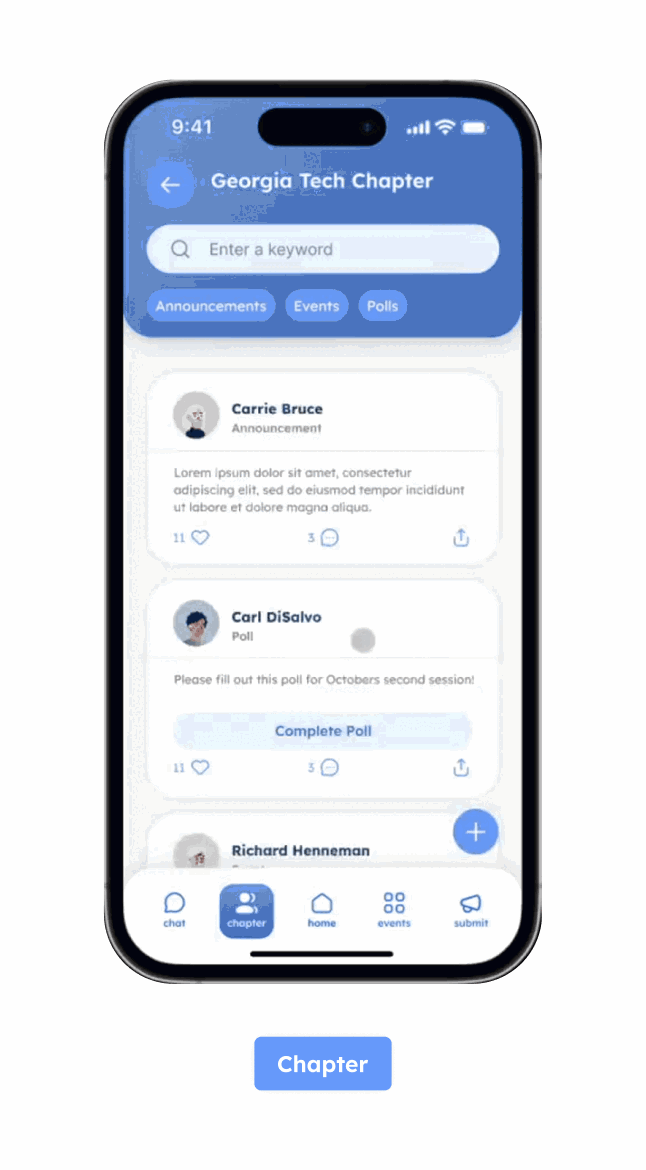

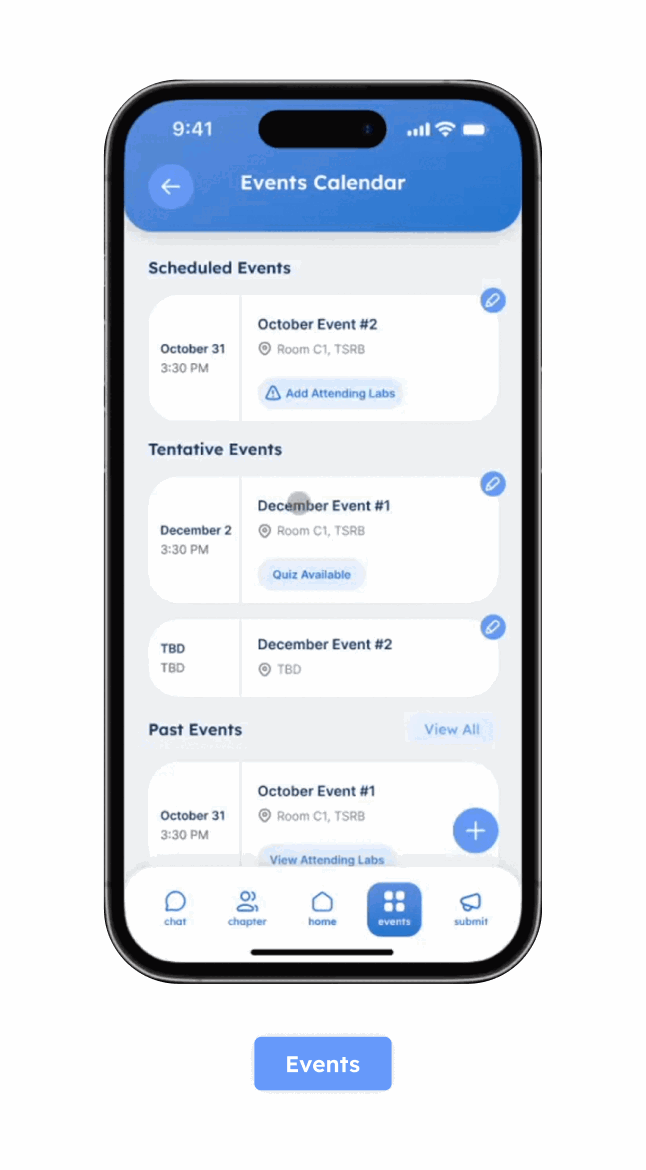

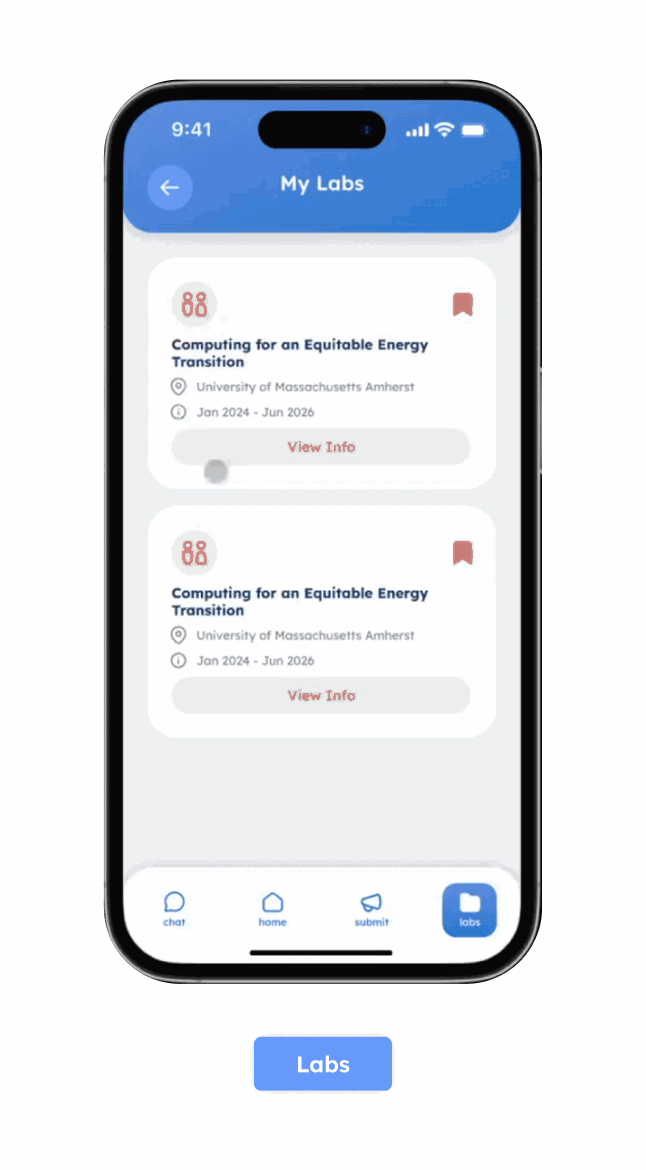
PI & Lab Affiliate
Lab Submission
On their side of lab submissions, PI's and lab affiliates can see and filter lab requests from NSF chapters at various universities. The feed will have suggested requests, or the professor can search naturally. In a submission, they can see the student poll results to decide if their lab is appropriate. Then, they can choose to submit their lab as a whole or just a specific project.
Lab Details
They also have a separate page to view how their lab will be presented on the app. There, professors will be able to change permissions for the lab affiliates and view statistics about how many times their lab was submitted and accepted.
Final Thoughts
This was my first time leading a UX design project from concept to wireframes and finished prototype. It was a lot of fun aligning undergraduate needs from out interviews to the visual design of the app. I'm glad the end result combines usability and legibility together with a more fun and undaunting product.


